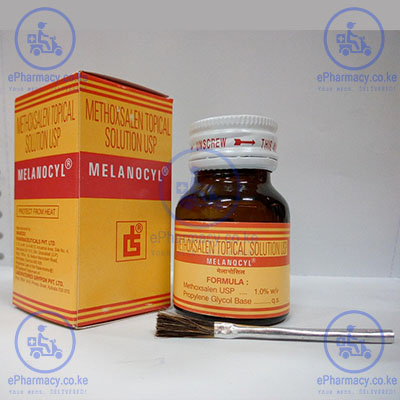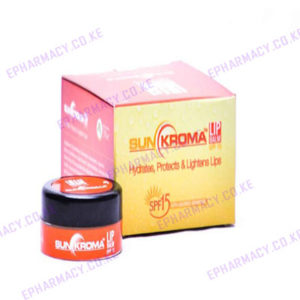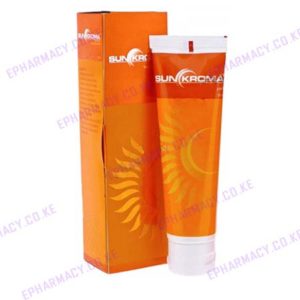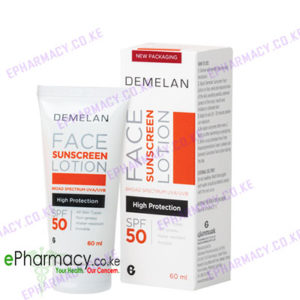Description
Methoxsalen, a psoralen, is a constituent of the seeds of Ammi majus and the roots of Heracleum candicans. It is a photosensitizers that markedly increases skin reactivity to long-wavelength ultraviolet radiation (320 to 400 nm), an effect used in photochemotherapy or PUVA [psoralen (P) and high-intensity long-wavelength UVA irradiation]. In the presence of UVA methoxsalen bonds with DNA, inhibiting DNA synthesis and cell division, and can lead to cell injury. Recovery from the cell injury may be followed by increased melanisation of the epidermis and thickening of the stratum corneum. Methoxsalen may also increase pigmentation by an action on melanocytes. PUVA is used to treat idiopathic vitiligo and severe, recalcitrant, disabling psoriasis not adequately responsive to conventional topical therapy. It may also be useful in selected cases of atopic eczema and polymorphic light eruptions and may be used in T-cell lymphomas such as mycosis fungoides.
Methoxsalen is given orally or applied topically in PUVA regimens. Differing oral dosage forms of methoxsalen may exhibit significantly varying bioavailabilities and times to onset of photosensitisation. The UVA exposure dose should generally be based on prior measurement of the minimal phototoxic dose although it can be calculated with regard to the skin type of the patient if phototoxic dose testing cannot be carried out.
- To repigment vitiliginous areas, methoxsalen is given in a dose of 20 mg or up to 600 micrograms/kg orally 2 to 4 hours before measured periods of exposure to UVA, depending on the preparation. Treatment is usually given twice a week or on alternate days, but always at least 48 hours apart.
- Methoxsalen may also be applied topically to repigment small, well-defined vitiliginous lesions. Preparations containing up to 1% have been used but dilution to 0.1 or 0.01% may be necessary to avoid adverse cutaneous effects. The surrounding skin should be protected by an opaque sunscreen. Some suggest that the treated area should be exposed to UVA soon after application while others recommend waiting up to 2 hours. After exposure the lesions should be washed and protected from light; protection may be necessary for up to 48 hours or longer.
Treatment is repeated usually once weekly. Significant repigmentation may not appear until after 6 to 9 months of treatment.
- For the treatment of psoriasis a dose of up to about 600 micrograms/kg orally is given 1.5 to 3 hours before UVA, depending on the preparation. Treatment is usually given twice a week although increased frequencies, but with at least 48-hour intervals between doses, have been suggested. If there is no response or only minimal response after the fifteenth PUVA treatment some suggest that the dosage may be increased by 10 mg and that this higher dose be used for the remainder of the course of treatment.
- Methoxsalen may also be used topically with UVA exposure for the treatment of psoriasis. For direct application to affected areas of skin a preparation containing approximately 0.15% (or diluted to 0.015% if necessary to avoid adverse cutaneous effects) is applied 15 minutes before UVA exposure. Alternatively the patient may take a whole body bath for 15 minutes in a methoxsalen solution, followed immediately by UVA exposure. UK guidelines (see also Skin Disorders, below) suggest a typical concentration of methoxsalen 2.6 mg/litre for such solutions although higher concentrations (up to about 3.7 mg/litre) have been used. Hand and foot soaks may be used to treat only those affected areas; a solution containing methoxsalen 3 mg/litre may be used with the affected areas immersed for 15 minutes followed by a delay of 30 minutes before UVA exposure. Baths or soaks are generally given twice a week.
PUVA. PUVA combines psoralens with UVA irradiation. The psoralens may be given directly to the patient, either orally or topically, and the patient is then exposed to UVA. In extracorporeal PUVA (extracorporeal photochemotherapy; photopheresis), an oral dose of a psoralen is given, after which the patient’s leucocytes are isolated, exposed to UVA extracorporeally, and then reinfused. In another method of extracorporeal photopheresis methoxsalen is added directly to leucocytes that have already been removed from the patient.
The mixture is then treated with UVA after which it is returned to the patient; the total dose of methoxsalen used by this method is lower than that used orally. PUVA has been used in a wide range of disorders including skin disorders, mycosis fungoides, and organ and tissue transplant rejection (below).
MYCOSIS FUNGOIDES. PUVA therapy is used in the treatment of the manifestations of cutaneous mycosis fungoides and Sè-zary syndrome, two forms of cutaneous T-cell lymphoma. Extracorporeal PUVA therapy (photopheresis; see above) has also been used,1-6 particularly for disease with erythrodermic features. The Photopheresis Expert Group7 (from the UK and Scandinavia) suggests a usual treatment cycle of 2 consecutive days, which is repeated every 2 to 4 weeks. More frequent treatment may be given to symptomatic patients and those with a high peripheral blood tumour burden. Response is assessed every 3 months and then, when complete or maximal response has occurred, treatment is tapered to every 6 to 12 weeks before stopping.
Relapse may be treated with the same schedule. After the first 3 months of therapy, treatment should generally be continued for a further 3 months in patients with stable disease (no response). However, consideration should be given to stopping treatment, or using combination therapy (photopheresis with interferon alfa and/or bexarotene), if there is disease progression. At 6 months and beyond, treatment should be stopped, or combination therapy considered, in patients with stable or progressive disease, but for those already receiving combination therapy, photopheresis should be stopped.






Reviews
There are no reviews yet.